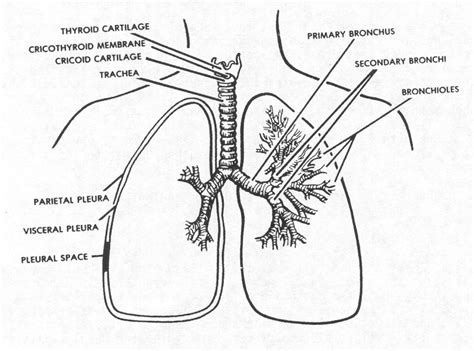Problem Description:
Breathing problems in rooms are a significant issue that has been increasingly gaining attention. This problem is often overlooked, but it can have severe implications on the health and wellbeing of individuals. The issue arises when the air quality in a room is compromised, leading to various breathing difficulties. These problems can be caused by several factors such as poor ventilation, presence of allergens, humidity levels, and indoor pollution.
The symptoms of breathing problems can range from mild discomfort to severe health issues. They include shortness of breath, wheezing, coughing, chest tightness, and in extreme cases, respiratory diseases like asthma or bronchitis. It’s crucial to understand that these symptoms are not just inconvenient; they can significantly affect an individual’s quality of life and productivity.
Analysing Impact of Breathing Problems in Rooms
The impact of breathing problems in rooms is far-reaching and multifaceted. On a personal level, it can lead to health complications that require medical attention and treatment. This not only affects the individual’s physical health but also their mental wellbeing as constant discomfort can lead to stress and anxiety.
Moreover, these issues also have economic implications. Frequent visits to doctors, medication costs, and potential hospitalisation expenses can put a financial strain on individuals and families. Additionally, productivity loss due to illness or discomfort can also impact one’s professional life.
On a broader scale, poor indoor air quality contributing to breathing problems is a public health concern. It increases the burden on healthcare systems and can lead to long-term societal issues if not addressed promptly.
Finding out the Main Breathing Problems in Rooms using the 5 Why Model
The 5 Why model is an effective tool for identifying the root causes of a problem by asking ‘why’ five times. Let’s apply this model to our issue at hand:
1. Why are people experiencing breathing problems in rooms? Because the air quality in the room is poor.
2. Why is the air quality poor? Because there is inadequate ventilation.
3. Why is there inadequate ventilation? Because the room’s design does not allow for proper airflow.
4. Why does the room’s design not allow for proper airflow? Because when it was designed, considerations about ventilation were not prioritised.
5. Why were considerations about ventilation not prioritised? Because there was a lack of awareness about the importance of good air quality and its impact on health.
This analysis reveals that the root cause of breathing problems in rooms is a lack of awareness and consideration for good ventilation during the design phase.
Conclusion and What to do Next
Breathing problems in rooms are a significant issue that affects personal health, economic stability, and public health. The root cause, as identified by the 5 Why model, is a lack of awareness and consideration for proper ventilation during room design.
To address this issue, it’s essential to raise awareness about the importance of good indoor air quality and how it impacts health. Architects, interior designers, and homeowners should be educated on the importance of incorporating adequate ventilation in their designs.
Moreover, for existing structures, measures can be taken to improve air quality. These include regular cleaning to reduce dust and allergens, using air purifiers, maintaining optimal humidity levels, and ensuring that rooms are well-ventilated.
By taking these steps, we can significantly reduce breathing problems in rooms and contribute to healthier living environments.
